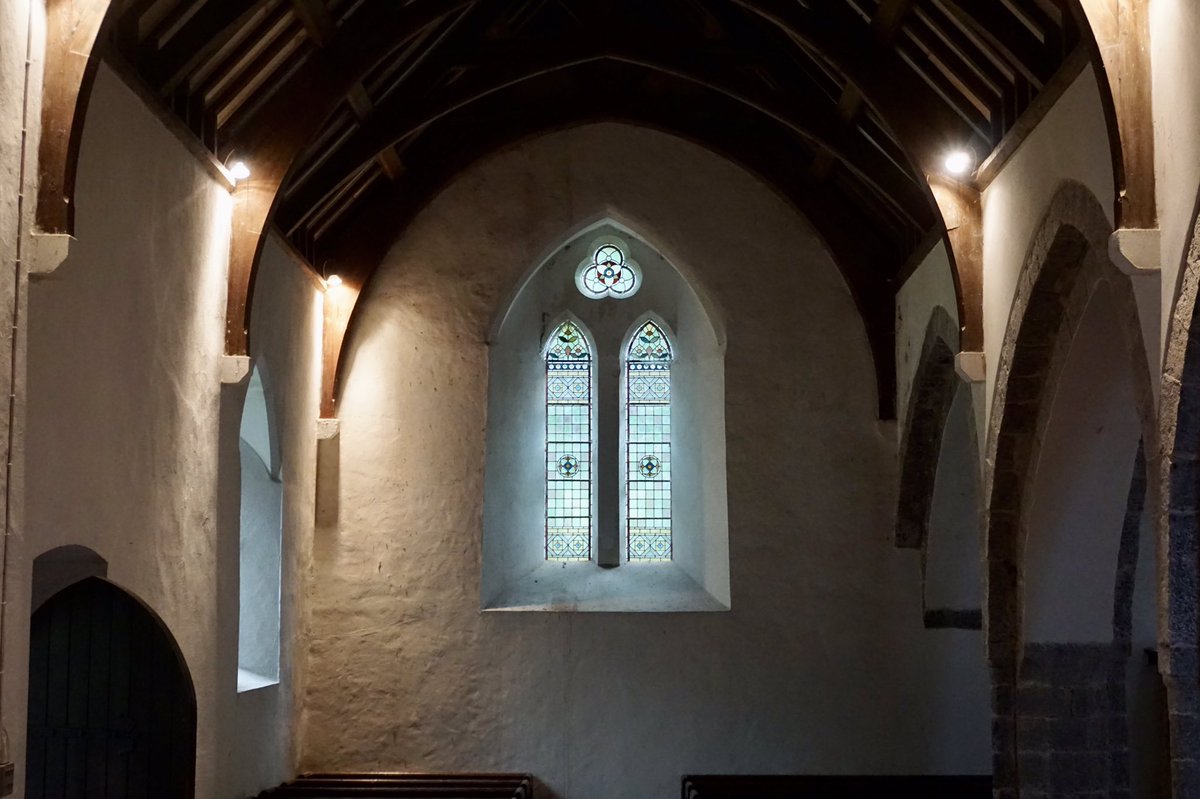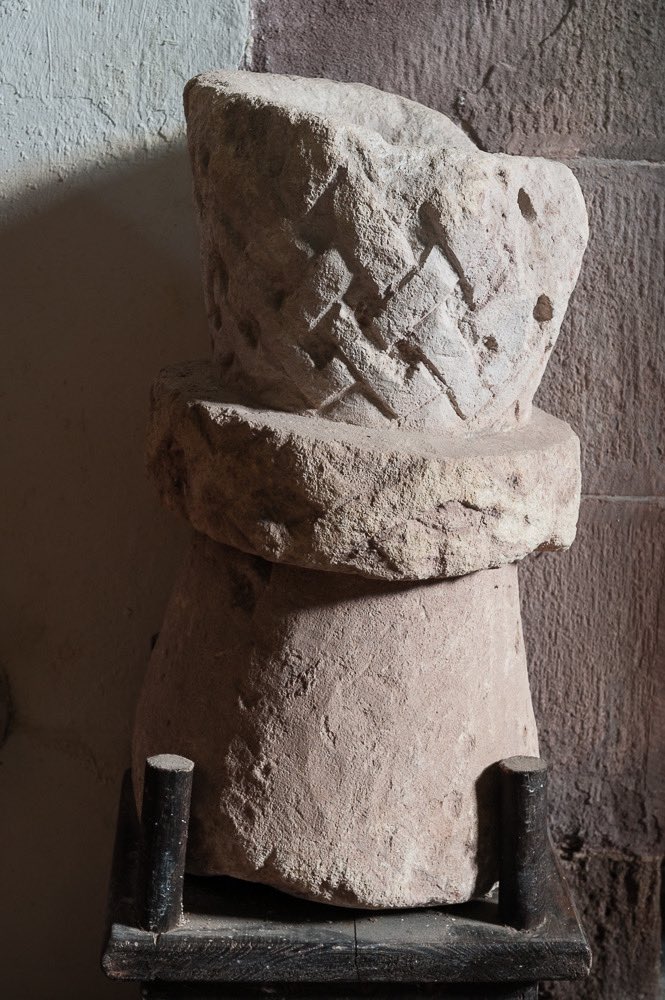
Legend has it that the church at Rhoscrowther is built over the grave of its 6th-century founder, St Decuman.
But that’s not the only legend about this place. In Welsh Rhoscrowdder means the crwth player’s moor. Who could this ancient musician have been?
#thread #FolkloreThursday
But that’s not the only legend about this place. In Welsh Rhoscrowdder means the crwth player’s moor. Who could this ancient musician have been?
#thread #FolkloreThursday

The crwth is one of the oldest traditional instruments in Wales. It’s a type of bowed lyre, and was hugely important throughout Welsh history. It’s mentioned in the 10th-century laws of Hywel Dda, and in 1176, at the first ever Eisteddfod, there was a crwth playing contest.
2/7
2/7

Cerdd dafod (literally dance of the tongue) was a form of singing with crwth accompaniment, which flourished in Wales from the beginning of the 14th century to the end of the 16th century. The arrival of the fiddle called time on the crwth.
3/7
3/7

Crythor Du or The Black Crythor (crwth player) was a medieval Welsh musician. He’s shrouded in rich folklore. One starry night the crythor was making his way home, his crwth slung over his shoulder. Out of the darkness came a pack of wolves. They encircled him, teeth bared.
4/7
4/7

In fear, he began to play his crwth – he drew the bow over the bows with great intensity and speed – hoping to scare them away. This stopped them temporarily, but soon they broke from the music’s grip and lunged at him again.
5/7
5/7

He clutched at his crwth and began to play again, this time a more soothing, melodious tune… This lulled the wolves but if he stopped, they advanced upon him once again. To save his life, he had to play all through the night to keep the wolves.
6/7
6/7

As day broke, a group of men came by and the wolves fled. The crwth player was free.
How tempting it is to think that our Rhoscrowther, Pembrokeshire might take its name from this legendary crythor!
7/7
How tempting it is to think that our Rhoscrowther, Pembrokeshire might take its name from this legendary crythor!
7/7

• • •
Missing some Tweet in this thread? You can try to
force a refresh


















